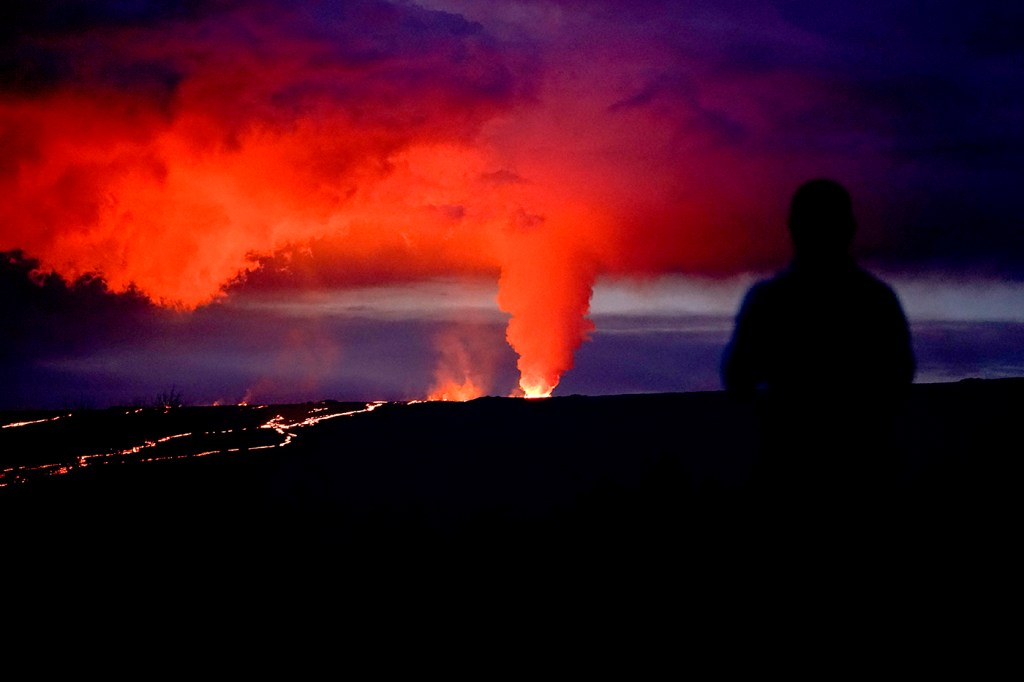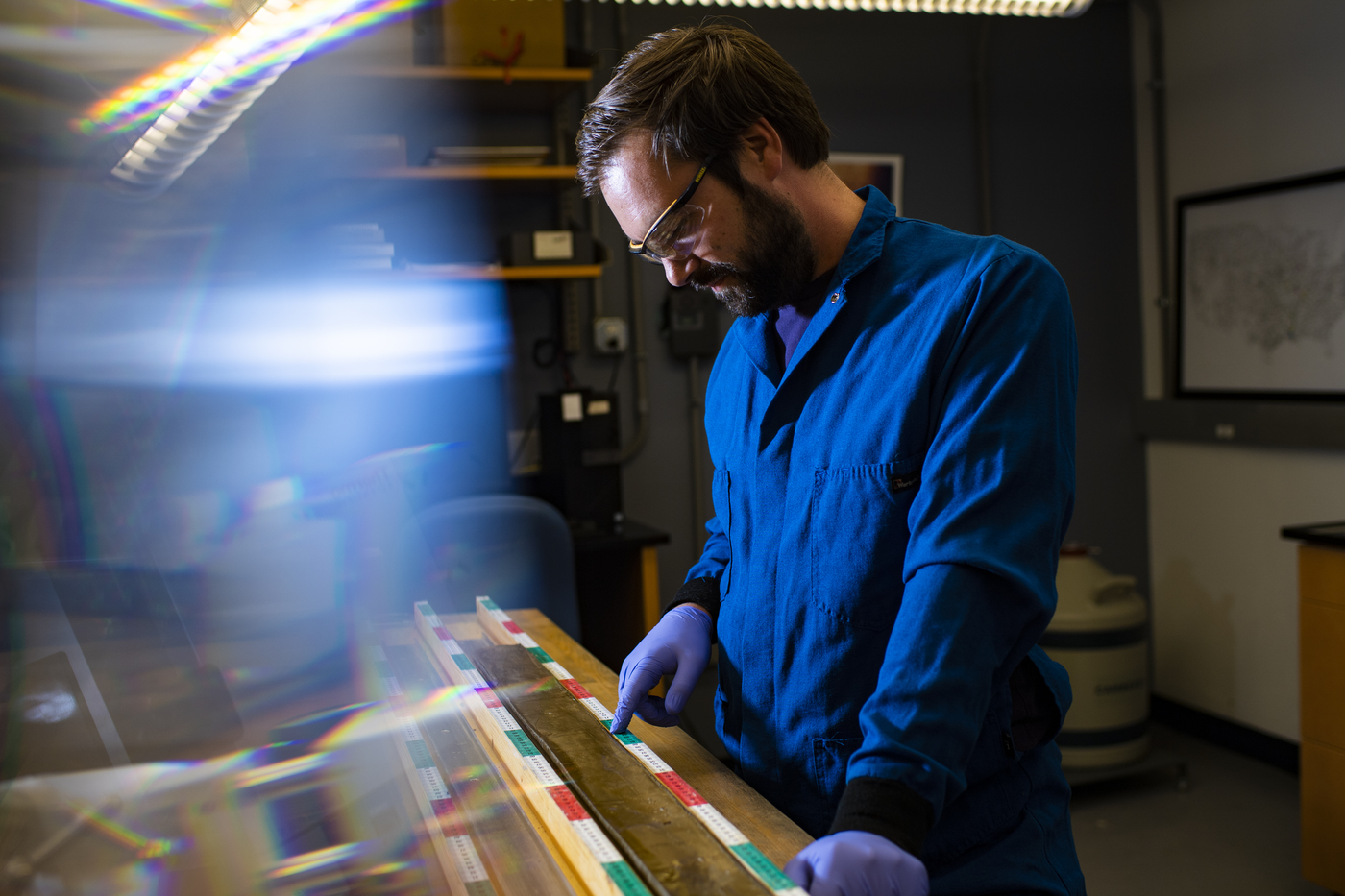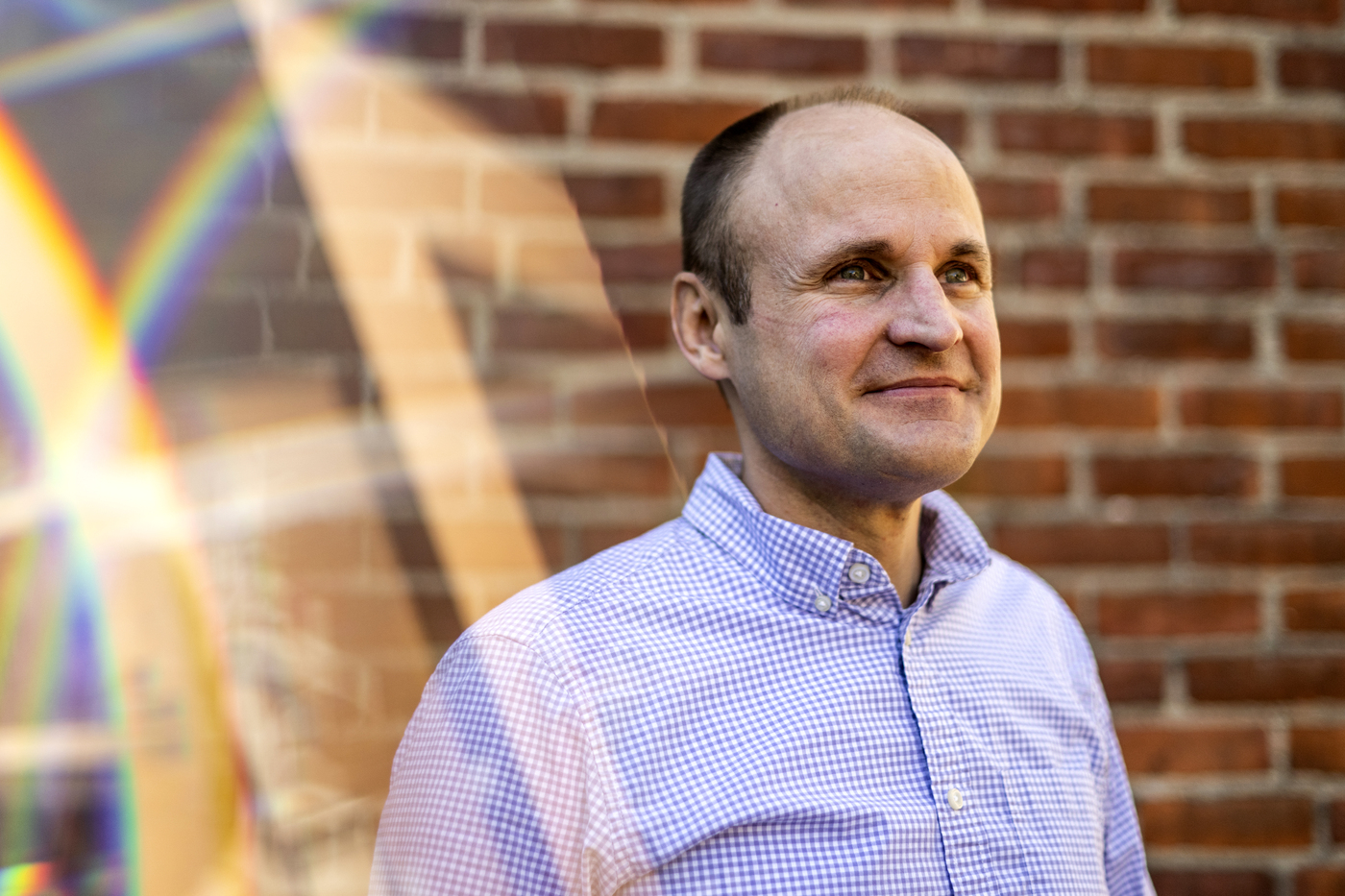Mauna Loa, climate change and volcanic eruptions

The eruption of Mauna Loa for the first time in 40 years on the Big Island of Hawaii follows a summer and fall that saw record-high temperatures around the world.
Is there a connection between climate change and volcanic eruptions?
While a study of Iceland proposes a possible link, scientists at Northeastern University say the effect of volcanic activity on global warming is minimal.
Daniel Douglass and Samuel Munoz of Northeastern’s Marine Science Center and Coastal Sustainability Institute say the impact operates in reverse: major explosions of volcanoes in the past have decreased global temperatures by a degree or two for months.
The effect is so pronounced that some scientists want humans to duplicate the effect through geoengineering; but Douglass and Munoz say that scenario is nowhere near reality at this time.

“People do say this is something we should research and think about,” says Douglass, an associate professor of geology. “A bunch of other people say that seems really dangerous.”
The idea is to create a sort of umbrella over the earth that would block solar radiation from reaching the ground.
“The sunlight bounces back into space,” Douglass says.
Major volcanic explosions have created this effect naturally by shooting giant plumes of ash and sulfuric acid into the atmosphere, where the latter forms aerosol particles or little droplets that reflect sunlight away from the earth’s surface, Munoz says.
“That effect is actually a cooling effect,” he says. “If it’s a really big eruption, that cooling effect can last for a year,” Munoz says.
“They create clouds where there would not otherwise have been clouds,” Douglass says.

But it is a genie many scientists say should remain in the test tube bottle.
For one, sulfur dioxide “is the same stuff that causes acid rain,” Douglass says.
And secondly, “there’s some climate modeling that suggests that (the exercise) might decrease the amount of rains that come to India during the monsoon season,” which could impact crop productivity, he says.
“There’s this kind of geopolitical question that would come up about control of that—who puts their finger on the thermostat, essentially,” says Munoz, an assistant professor and expert in hydrology.
Plus, the cooling effect doesn’t last long, he says. “The moment you stop emitting sulfur dioxide, the climate will very quickly warm.”
Volcanoes do contribute some carbon dioxide into the atmosphere, but there would have to be a lot of tectonic activity to even come close to greenhouse gas levels emitted by human activity, Munoz says.
Think back to 70 million years ago, when dinosaurs roamed the Earth and “there was a lot of volcanism,” he says.
But what about climate change’s impact on volcanoes?
A research paper published in 2013 raised the issue of whether glacial melt was contributing to volcanic activity in Iceland.
“The thought process is that if you melt all the glaciers of Iceland, that would decrease pressure” on rocks being brought to the surface from deep inside the earth, Douglass says.
“As they get into shallower depths, the pressure on the material goes down and (that) allows the rocks to melt and turn into magma,” he says.
“I don’t think the glaciers are melting that fast,” Douglass says. “It may cause a minor increase in volcanic eruptions, but I can’t imagine that’s going to be a big driver.”
As far as Mauna Loa is concerned, it’s not the type of volcano that causes massive, nuclear-like explosions with towering mushroom clouds that send materials into the stratosphere, potentially creating cooling, umbrella-like effects, Douglass and Munoz say.
The Hawaiian volcano’s activity has affected climate change in one way, by disrupting key equipment used to measure carbon dioxide levels in the atmosphere, according to media sites such as CNN.
But its eruption for the first time in 38 years is in essence an Earth-building, not atmosphere-impacting, event, Munoz and Douglass say.
Mauna Loa is a lava-oozing shield volcano, Munoz says. “I tell students (shield volcanoes) don’t go boom. They’re pretty cool to watch, though.’
For media inquiries, please contact media@northeastern.edu.






